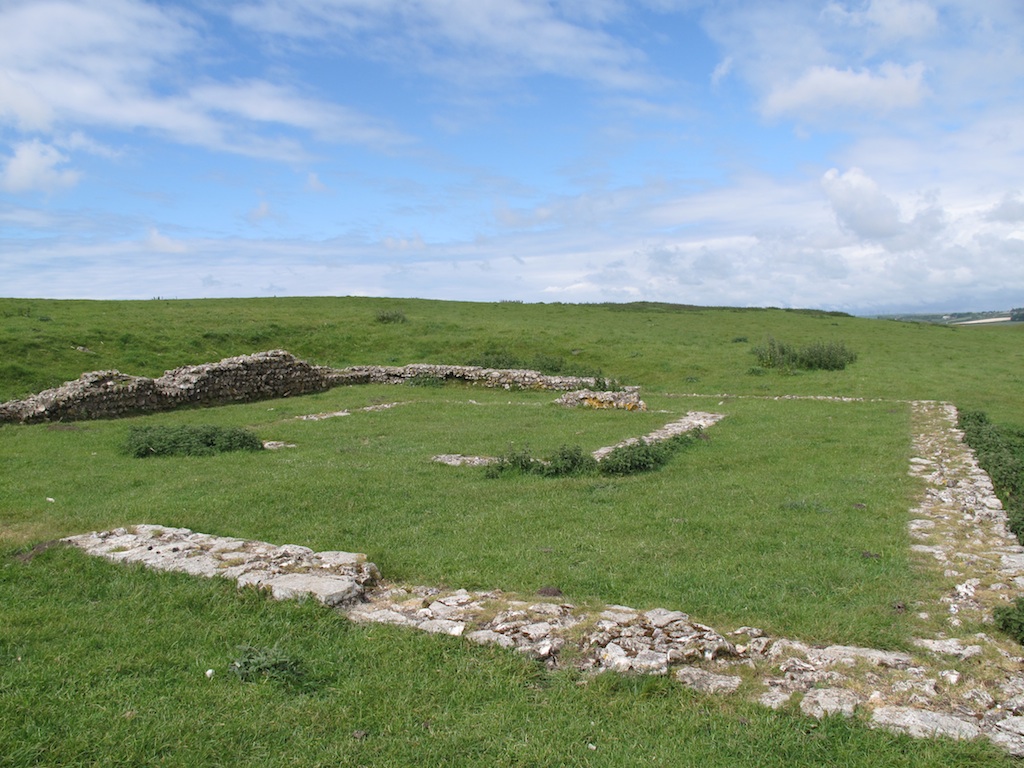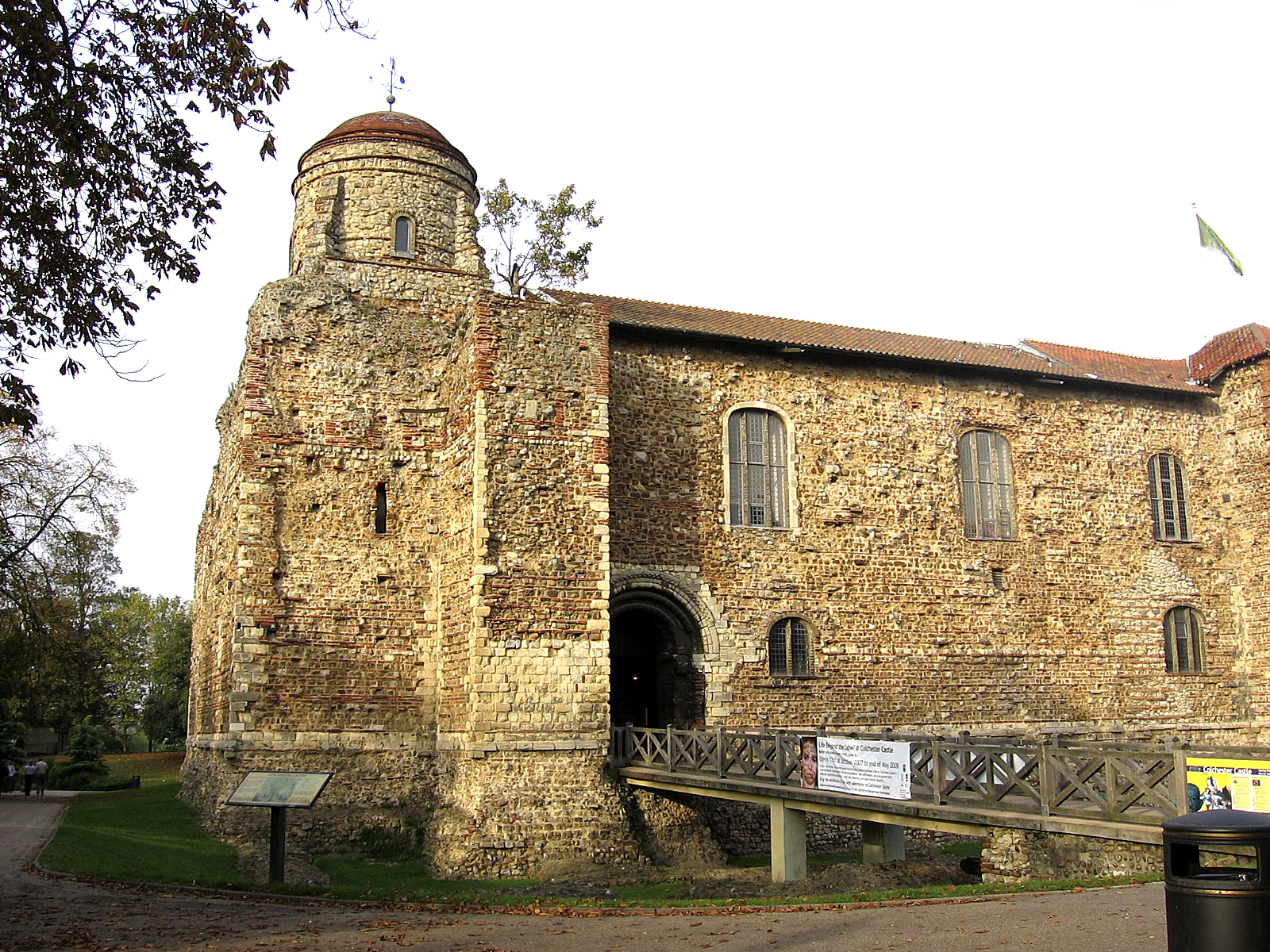When Romans invaded they brought their gods with them but these rarely displaced the local gods. What happened was people would equate local gods with Roman gods. It might have gone something like “oh, Maponus has the same attributes and sphere of influence as Apollo so they must be the same god but with different names.” Dedications have been found to Apollo-Maponus in northern Britain and Gaul, as well as to Mars-Cocidius near Hadrian’s Wall, to Sulis-Minerva at Bath and other similar hybrids.
In Britain, temple remains found are often those of little Romano-Celtic structures. They were fusion temples for fusion gods.

The temple foundations at Caerwent include a little apse on one end, a common feature of Romano-Celtic temples. A dedication to the god Mars-Ocelus was found here.

Romano-Celtic temples were often built in the groves and on the hilltops sacred to Iron Age Celts. They could be square, rectangular or circular with a main room or cella, and surrounded by a covered ambulatory or walkway. This is true of the Roman-era temple atop Maiden Castle Iron Age hillfort in Dorset built in the late 4th century. A bronze plaque with Minerva depicted on it was found here.

All that remains of the 4th century temple at Jordan Hill near Weymouth, Dorset is the square outline of the stone foundation walls. What can’t be seen at the site is a 13-foot deep shaft in the centre of the temple that archaeologists found. It held sixteen layers of ash and charcoal alternated with roof slabs and the bones of a bird and a small coin in each layer. At the bottom was a stone cistern with two urns, a sword and a spearhead. This type of feature is believed to have been common to prehistoric Celtic religious sites.

Benwell Roman Temple near Newcastle is dedicated to Atenociticus who is thought to have been a local god. Two cement copies of altars that were found during excavation of the temple bear these inscriptions:
To the god Antenociticus and to the Deities of the emperors, Aelius Vibius, centurion of the 20th Legion Valeria Victrix, willingly and deservedly fulfilled his vow.
To the Antenociticus, Tineius Longus (set this up) having, while prefect of cavalry, been adorned with the (senatorial) broad strip and designated quaestor by the decrees of our best and greatest Emperors, under Ulpius Marcellus, consular governor.
In Roman religion people entered into a contract with a god – “if you do this for me, then I will do this for you”. The altars and dedications found at the temples are fulfillments of this type of vow.
Classical Roman temples were known in Britain but little of these has survived. One, the temple of Claudius in Colchester destroyed by Boudica in the 1st century, was massive by all accounts. Its foundations were used as a platform for the largest Norman Keep in Britain.



Pingback: Verulamium – Part 2 – The Museum and archaeology
Pingback: Verulamium – A Roman City in Britain